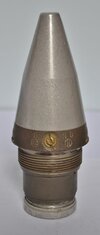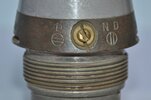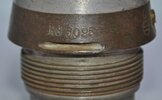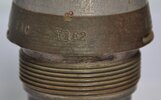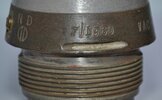British Ordnance Collectors Network
This is a sample guest message. Register a free account today to become a member! Once signed in, you'll be able to participate on this site by adding your own topics and posts, as well as connect with other members through your own private inbox!
Unknown British Experimental 1970 Nose Fuze
- Thread starter Depotman
- Start date

